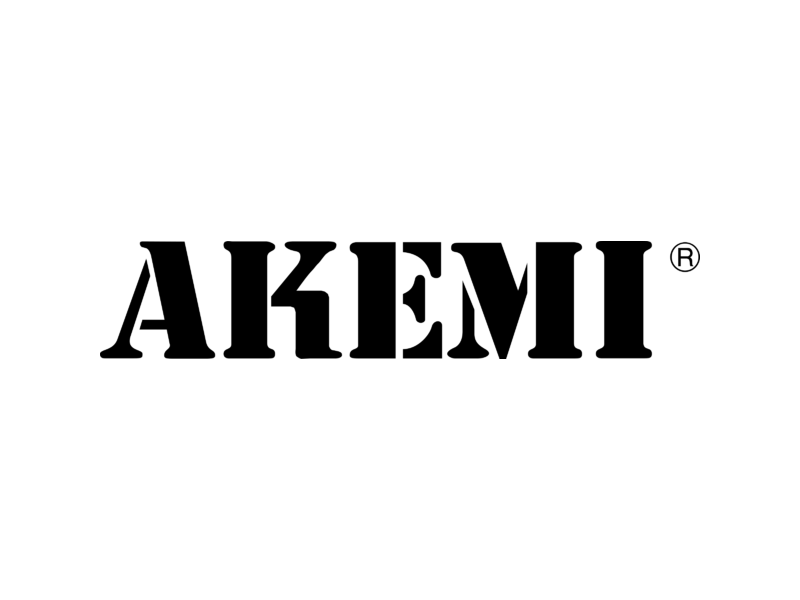Dear Potential Quality Assurance Client,
The use of pure lime-based materials is not rocket science and has worked for millenniums. However, there will always be failures if care is not administered throughout the project. This should start with the specification of the right material for the corresponding application. If caring guidance does not start and end with the project then an unwanted outcome is going to be the result. In the end, it is the owner who finds they have to live with less than what they anticipated or they must fight a huge uphill battle to get what they paid for after the insult has occurred. The architect may then want to shy away from the future use of “difficult” materials or using the innocent contractors who didn’t generate the intended outcome. The contractor is always glad to go back to what they used to use since it served them well for at least what is their window of experience. No one wants trouble and no one can blame anyone for having these natural reactions.
Natural Hydraulic Lime, which is the basis for the repair material line of St. Astier mortars, has many appropriate applications that will yield an excellent service life for their respective applications if adequate diagnosis of where the application will be rendered and adequate training and follow-up for their installations is engineered into the project. In the end, the contractor will find out exactly how “user-friendly” the products really are. The architect and owner will be glad for the timeless beauty that will follow with the correct installation of the right product for the right application.
Please call me to schedule a consultation visit and to design a quality assurance program for your application to ensure its success.













